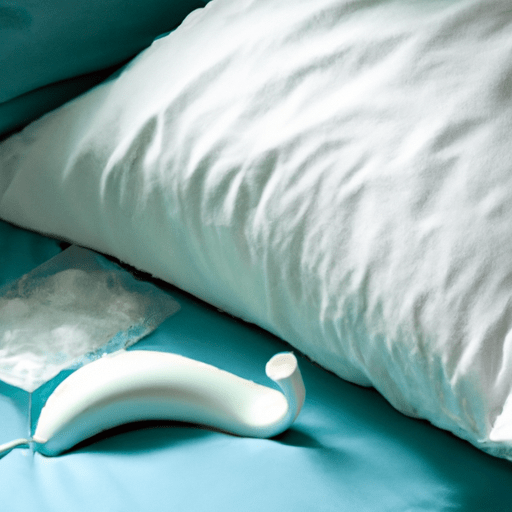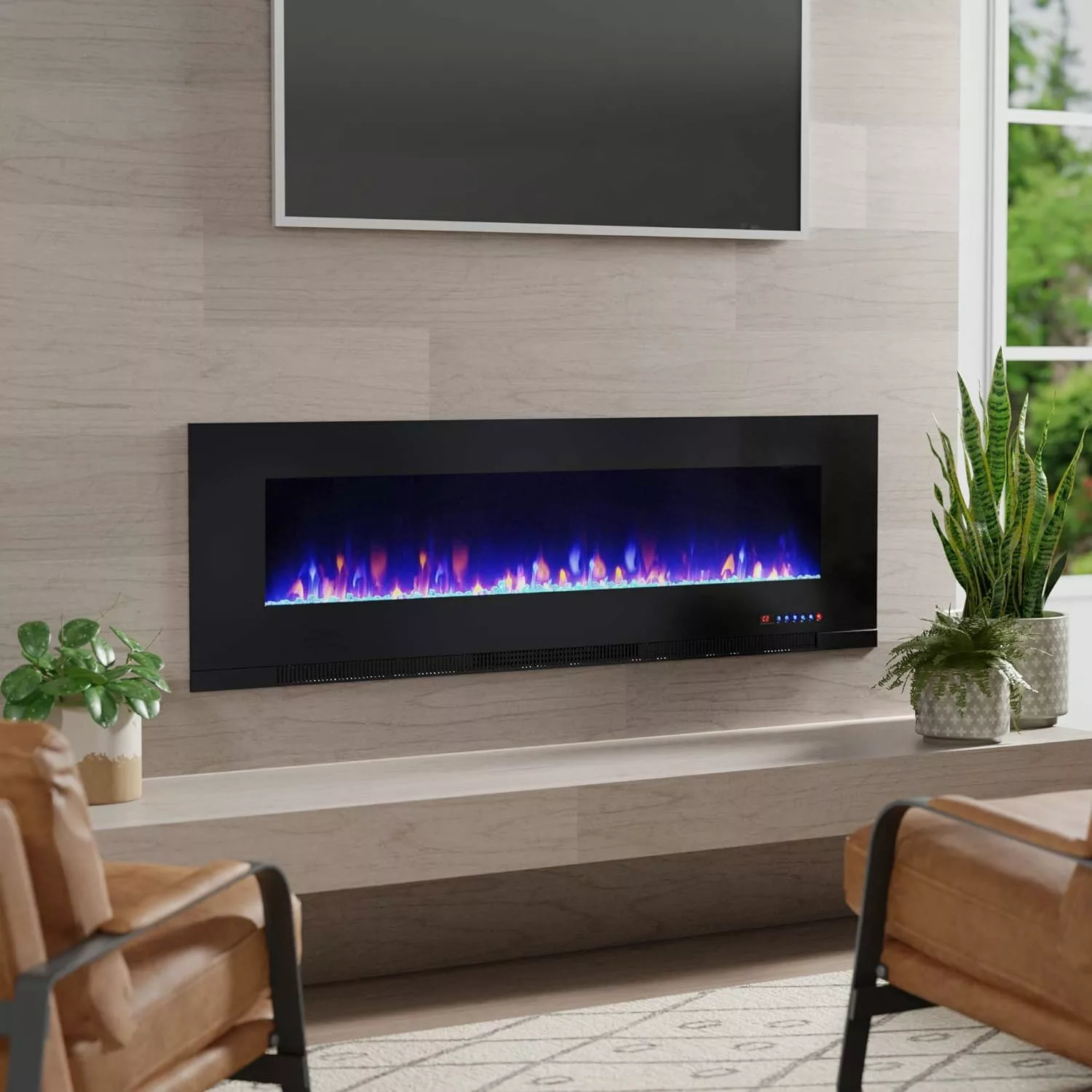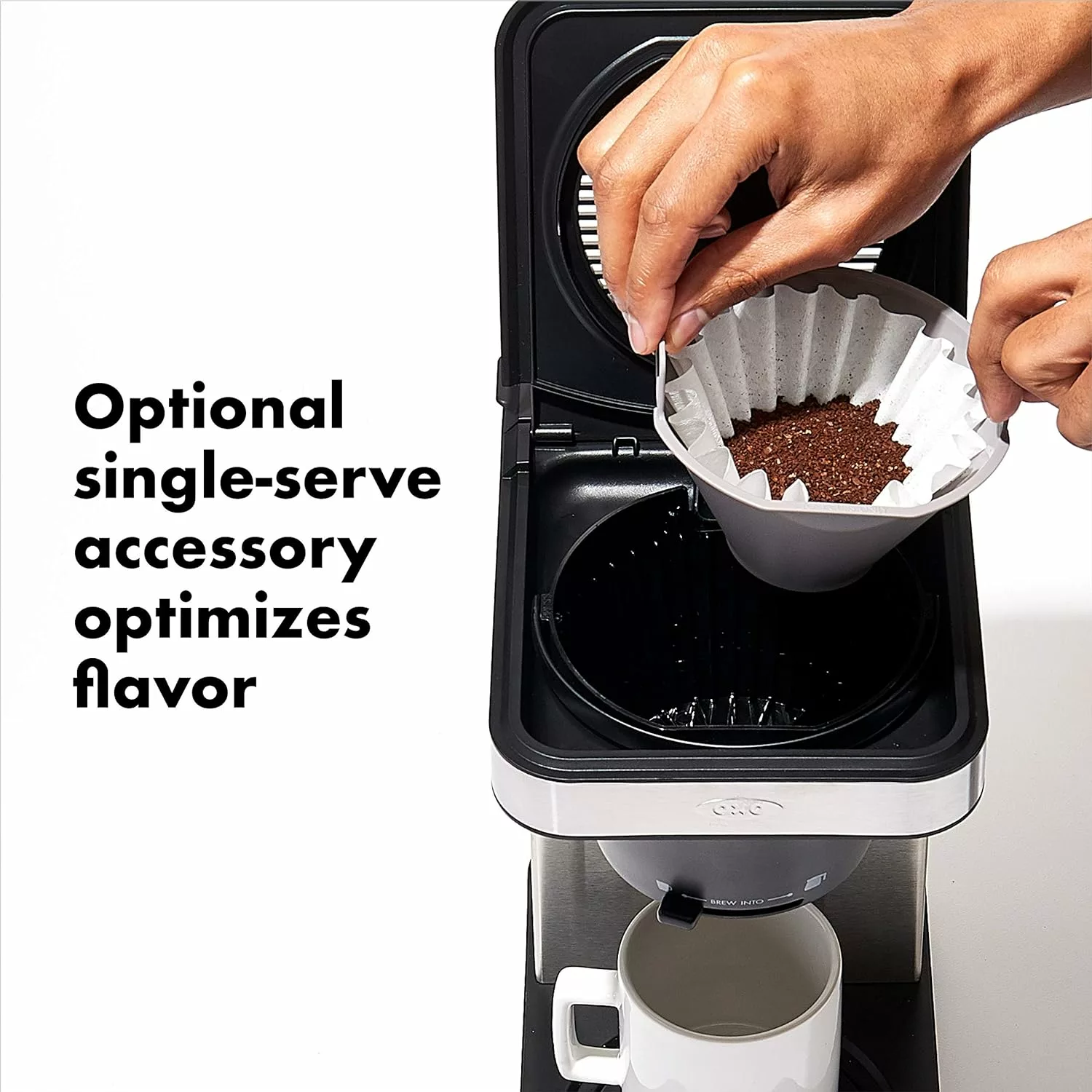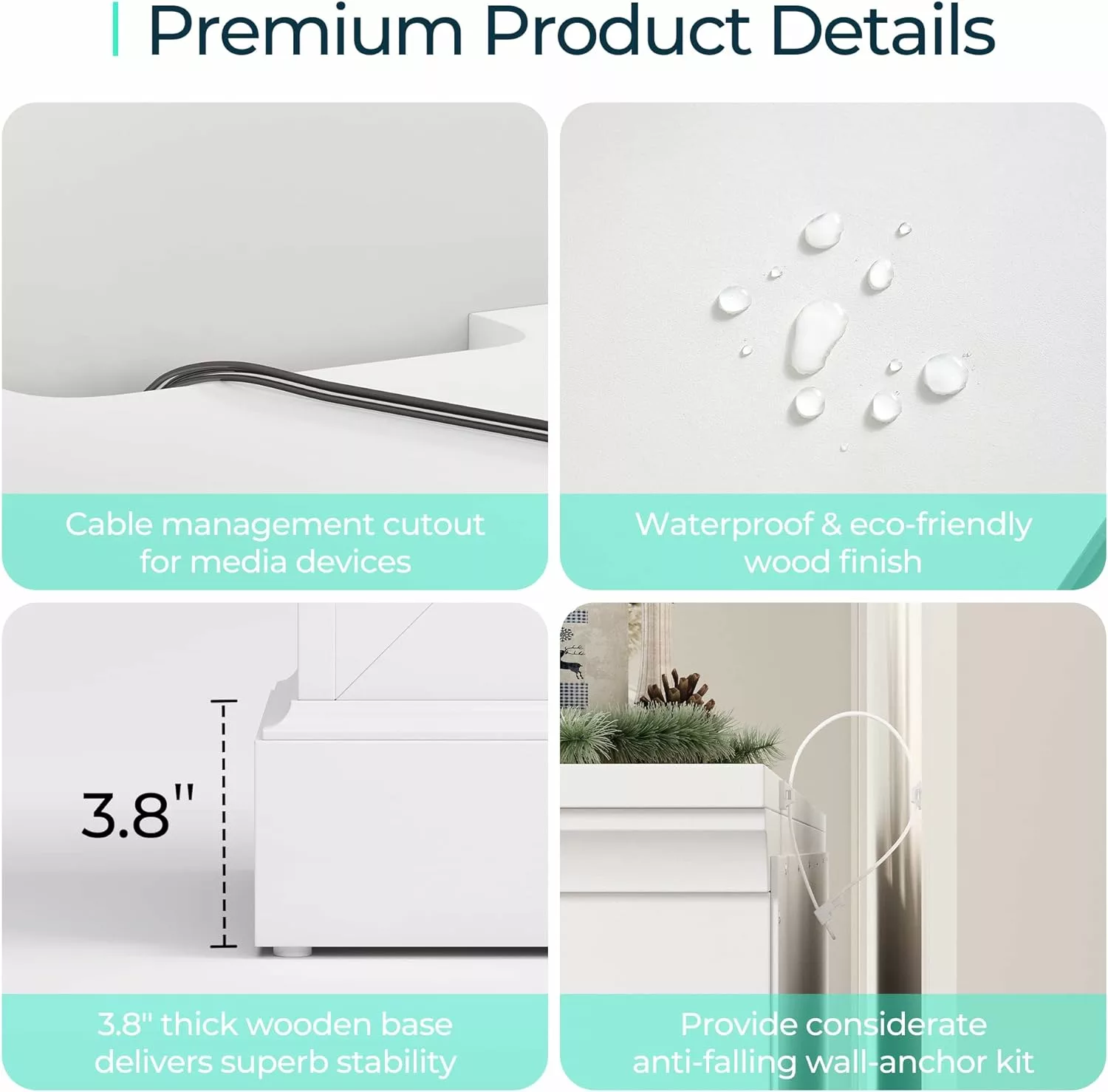Maintaining a clean and hygienic hot tub is essential for a truly relaxing experience. But have you ever wondered how often you should drain your hot tub? Regularly refreshing the water in your spa not only keeps it clean but also ensures optimal performance. In this article, we will explore the recommended frequency for draining your hot tub and provide some useful tips to help you maximize the longevity of your spa. So, let’s dive in and find out the best practices for maintaining a crystal-clear hot tub!

This image is property of images.unsplash.com.
Why draining your hot tub is important
When it comes to maintaining the cleanliness and functionality of your hot tub, regular draining is essential. Draining your hot tub on a regular basis helps prevent bacteria growth, maintains water quality, prevents mineral buildup, and extends the lifespan of your hot tub.
Preventing bacteria growth
Hot tubs provide the perfect warm and moist environment for bacteria to thrive. Without regular draining, these bacteria can multiply and pose a health risk to you and your family. Draining your hot tub removes the old water and any potential traces of bacteria, ensuring a safe and clean environment for your relaxation.
Maintaining water quality
Over time, hot tub water can become contaminated with a range of impurities, including body oils, lotions, and sweat. These impurities can affect the water’s clarity, odor, and overall quality. By draining your hot tub regularly, you can refresh the water, restore its clarity, and ensure that it remains clean and inviting.
Preventing mineral buildup
While many people enjoy the therapeutic benefits of hot tubs, the chemicals and minerals in the water can lead to mineral buildup on the tub’s surfaces and components. This buildup can affect the performance of the hot tub and potentially cause damage if left unchecked. Draining your hot tub removes the accumulated minerals, preventing any potential issues and ensuring optimal functioning.
Extending the lifespan of your hot tub
Regularly draining your hot tub also helps extend its overall lifespan. By preventing bacteria growth, maintaining water quality, and preventing mineral buildup, you can reduce the wear and tear on your hot tub’s components. This, in turn, increases its longevity and saves you money in the long run.
Factors to consider
When determining how often to drain your hot tub, several factors come into play. Considering these factors will help you establish an appropriate draining schedule that best suits your specific hot tub usage and maintenance needs.
Frequency of use
The more frequently you use your hot tub, the more often it needs to be drained. Regular usage leads to a higher level of impurities in the water, making it necessary to drain and refill more frequently. If you use your hot tub rarely, such as once a month, you can extend the time between drainings.
Number of users
The number of people frequently using your hot tub also affects how quickly the water becomes contaminated. More bathers mean a higher concentration of impurities introduced into the hot tub, necessitating more frequent draining. If you have only a few people using the hot tub infrequently, you can space out the draining schedule accordingly.
Type of sanitizer used
The type of sanitizer you use in your hot tub can impact the water’s cleanliness and affect the draining frequency. Some sanitizers work more effectively at keeping bacteria at bay and maintaining water quality for longer periods. Depending on the sanitizer you choose, you may be able to stretch out the time between drainings.
Water temperature
Hot tubs are typically set to higher temperatures, which can accelerate the growth of bacteria and affect the rate of evaporation. Higher temperatures can also cause more intense chemical reactions, leading to an increased need for draining and refilling. If you prefer higher water temperatures, you may need to drain your hot tub more frequently.
Environmental factors
The surrounding environment can also impact how often you should drain your hot tub. If your hot tub is located in an area with high pollen levels, dust, or other contaminants, the water may become dirtier more quickly. Additionally, if your hot tub is exposed to extreme weather conditions, such as excessive sunlight or heavy rainfall, these factors can affect water quality and necessitate more frequent draining.
General guidelines for draining
Following general guidelines for draining your hot tub ensures that you maintain a consistent maintenance routine and keep your hot tub in optimal condition.
Manufacturer’s recommendations
The first step in establishing a draining schedule is to consult the manufacturer’s recommendations. Each hot tub model may have specific guidelines when it comes to draining and refilling. Pay attention to the manufacturer’s instructions, as they are designed to help you maintain the best possible water quality and extend the lifespan of your hot tub.
Monthly draining
For most hot tub owners, a monthly draining is a good rule of thumb to follow. This regular draining helps prevent the buildup of impurities and maintains water cleanliness. However, it’s important to remember that this frequency may need to be adjusted based on your specific usage, number of users, and other factors mentioned earlier.
Seasonal draining
In addition to regular monthly draining, performing a seasonal draining can be beneficial. This type of draining involves a more thorough cleaning of the hot tub, including removing debris, scrubbing surfaces, and inspecting components. Seasonal draining is particularly important when transitioning between seasons or when preparing your hot tub for long periods of non-use, such as during the winter.
Routine maintenance
Alongside regular and seasonal draining, routine maintenance should be part of your hot tub care. This includes regularly checking and adjusting water chemistry, cleaning and changing filters, and ensuring proper functioning of all components. By incorporating routine maintenance tasks into your hot tub care, you can prevent issues that may require more frequent draining.
Signs that it’s time to drain your hot tub
While following a general draining schedule is essential, it’s also important to pay attention to the specific signs that indicate your hot tub needs to be drained and refilled.
Cloudy or murky water
If your hot tub water appears cloudy or murky, it is a clear indication of a problem. Cloudiness usually stems from the accumulation of impurities, such as bacteria or dissolved solids, and can be a sign that the water chemistry is off balance. Draining and refilling the hot tub will help reset the water quality and clarity.
Strong chemical smell
While some chemical odor is normal in a hot tub, an overpowering or unpleasant smell is a sign that the water has become imbalanced and requires attention. High levels of disinfectant or ineffective sanitizers can cause the water to develop a strong chemical smell. Draining the hot tub and starting fresh will help eliminate the odor.
Foamy or bubbly water
Excessive foam or bubbles in the hot tub water can indicate a buildup of contaminants or poor water chemistry. This foam can make it difficult to enjoy the hot tub experience and may even cause skin irritation. Draining the hot tub and replacing the water will eliminate the foam and ensure a more enjoyable bathing experience.
Residue or scum buildup
If you notice a visible residue or scum buildup on the hot tub’s surfaces, it is a sign that it’s time to drain and clean the tub. Accumulated residue can affect the performance of the hot tub and create an unsightly appearance. Draining and thorough cleaning will eliminate the buildup and restore the hot tub’s cleanliness.

This image is property of images.unsplash.com.
Monthly maintenance routine
In addition to regular draining, incorporating a monthly maintenance routine into your hot tub care ensures consistent water quality and optimal performance.
Testing water pH and sanitizer levels
Regularly testing the water pH and sanitizer levels is essential to maintain a balanced and sanitary hot tub environment. Test strips or liquid testing kits can help you determine if the water chemistry is within the recommended range. If the levels are off, adjustments can be made accordingly.
Changing filters
Filters play a crucial role in keeping your hot tub water clean by capturing debris and impurities. Over time, filters can become dirty and less effective. It’s important to follow the manufacturer’s recommendations for filter care and replace them as needed, typically every three to six months.
Cleaning the shell and jets
The hot tub shell and jets can accumulate dirt, grime, and scale buildup. Regular cleaning of these surfaces helps maintain their efficiency and prolong their lifespan. Using non-abrasive cleaners and a soft cloth, wipe down the shell and clean the jets to remove any residue or dirt.
Adding chemicals
Adding the appropriate hot tub chemicals on a monthly basis is crucial for water sanitation and balancing. This includes adding sanitizers, oxidizers, and other chemicals as recommended by the manufacturer or your local hot tub dealer. Follow the instructions carefully to maintain optimal water chemistry.
Seasonal maintenance
In addition to monthly maintenance, seasonal maintenance is important to address specific needs during different times of the year.
Winterizing your hot tub
If you live in an area with cold winters or do not plan to use your hot tub during the winter months, it is crucial to properly winterize it. Winterization involves draining the tub, removing water from all components, and protecting it from freezing temperatures. Following the manufacturer’s guidelines or consulting a professional will ensure proper winterization.
Preparing for summer use
As winter comes to an end and you prepare to use your hot tub more frequently, it’s essential to perform a thorough cleaning and inspection. This includes draining and refilling the hot tub, cleaning all surfaces, testing the water chemistry, and ensuring all components are in proper working order.
Deep cleaning and inspection
At least once a year, perform a deep cleaning and inspection of your hot tub. This involves a more intense cleaning of all surfaces, drains, and filters, as well as a detailed inspection of the plumbing, electrical components, and jets. This deep cleaning and inspection help identify and address any potential issues before they become major problems.

This image is property of images.unsplash.com.
Using your hot tub for therapy
If you use your hot tub for therapy purposes, such as for muscle relaxation or pain relief, additional considerations should be made in terms of maintenance and draining frequency.
Increased frequency of draining
Using a hot tub for therapy purposes often means higher usage and a higher concentration of impurities in the water. Depending on the intensity and duration of therapy sessions, you may need to increase the frequency of draining to maintain optimal water quality and hygiene.
Practicing good hygiene
When using your hot tub for therapy, it’s important to practice good hygiene to prevent the introduction of additional impurities. Showering before entering the hot tub and avoiding wearing lotions or oils can help reduce the buildup of contaminants, minimizing the need for more frequent draining.
Working closely with healthcare professionals
If you use your hot tub for therapy as part of a treatment plan prescribed by a healthcare professional, it is advisable to consult with them regarding maintenance and draining frequency. They can provide specific guidance based on your individual health needs and ensure that your hot tub usage remains safe and effective.
Hot tub maintenance schedule examples
To help you establish a maintenance schedule that suits your hot tub usage and needs, here are a few examples:
Occasional user with no therapy needs
For those who use their hot tub infrequently, such as once or twice a month, a monthly draining schedule may be sufficient. Perform routine maintenance tasks, including water testing, filter cleaning, and adding chemicals, on a monthly basis.
Frequent user with no therapy needs
If you use your hot tub regularly, such as multiple times a week, but do not use it for therapy purposes, draining every three to four months may be appropriate. Regular monthly maintenance, including water chemistry testing, filter cleaning, and comprehensive cleaning, should be done consistently.
Frequent user with therapy needs
If you use your hot tub frequently for therapy purposes, such as daily or multiple times a day, draining every one to two months may be necessary. Increased usage and higher concentrations of impurities in the water warrant more frequent draining. Consistent monthly maintenance and close attention to water chemistry are crucial in this scenario.
Tips for avoiding excessive draining
While draining your hot tub is important, there are several tips and practices you can implement to reduce the frequency of draining and extend the time between refills.
Implementing a proper maintenance routine
Following a consistent and thorough maintenance routine is key to prolonging the time between drainings. Regularly testing and adjusting water chemistry, cleaning filters, and practicing good hygiene can significantly reduce the buildup of contaminants, extending the lifespan of the water.
Using a high-quality sanitizer
Investing in a high-quality sanitizer, such as chlorine or bromine, can improve the effectiveness of water treatment. Choosing a reliable and efficient sanitizer can reduce the accumulation of bacteria and other impurities, allowing you to stretch out the time between drainings.
Regularly cleaning filters
Filters are essential in removing debris and impurities from the water, maintaining its cleanliness. Regularly cleaning and replacing filters as recommended by the manufacturer prevents clogging and improves filtration efficiency, reducing the need for frequent draining.
Minimizing debris and contaminants
Keeping the area around your hot tub clean and free from debris can help reduce the introduction of impurities into the water. Regularly remove leaves, dirt, and any other debris that may fall into the hot tub, as they can contribute to water contamination and the need for more frequent draining.
Conclusion
Draining your hot tub on a regular basis is a crucial aspect of proper maintenance and ensuring a safe and enjoyable bathing experience. By preventing bacteria growth, maintaining water quality, preventing mineral buildup, and extending the lifespan of your hot tub, you can maximize its benefits for years to come. Consider the factors that influence draining frequency, follow general guidelines and signs that indicate when it’s time to drain, and establish a maintenance routine that suits your needs and usage. With proper care, your hot tub will continue to provide you with relaxation, therapeutic benefits, and a clean and inviting environment to enjoy.




